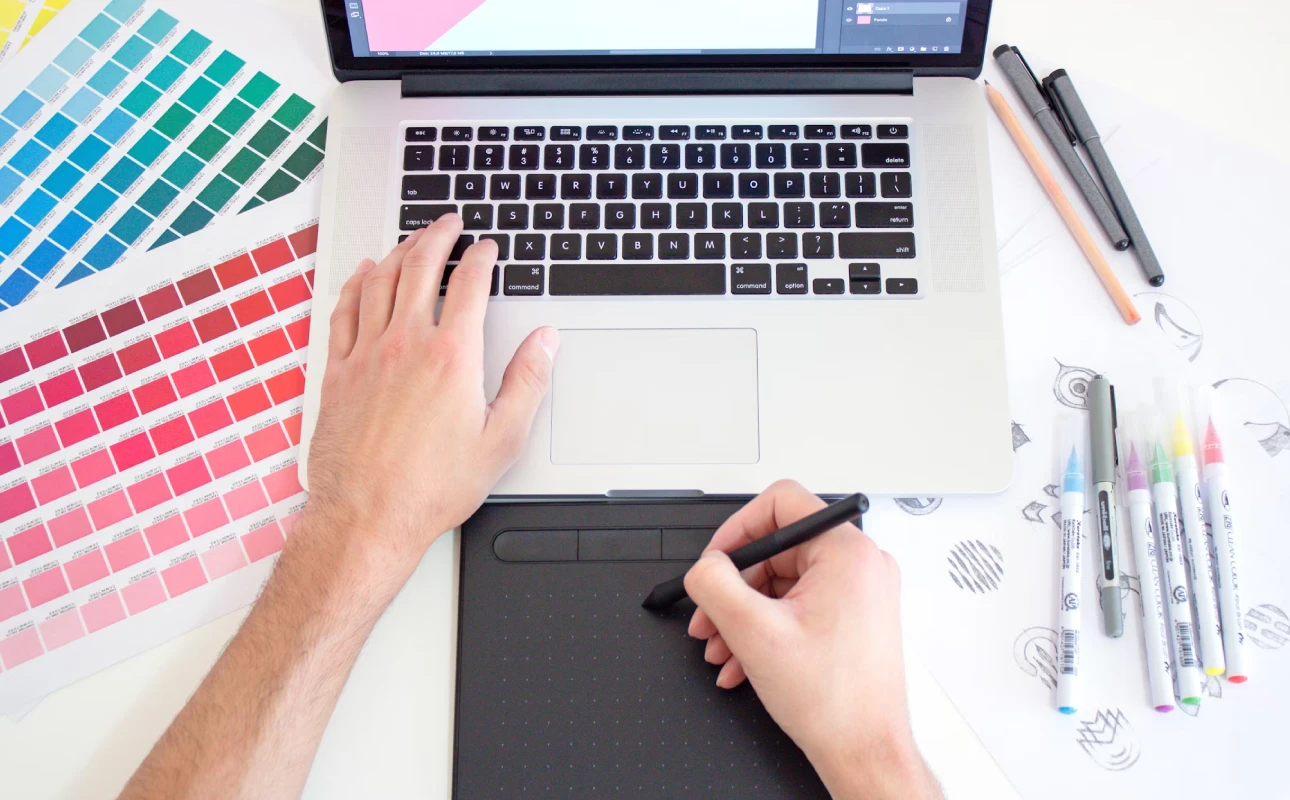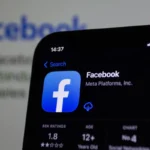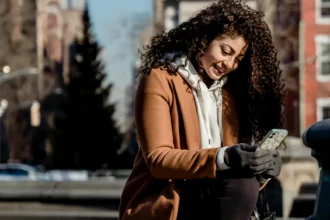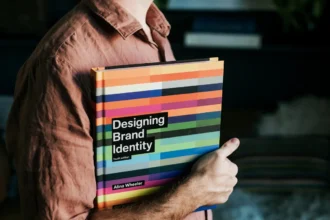94% of first impressions are design-related, and colour accounts for 85% of that judgment (CCICOLOR). In branding, colours aren’t just aesthetic choices – they’re psychological triggers that influence purchasing decisions, brand recall, and customer loyalty.
This guide reveals:
- How colours affect emotions and behaviour (with 2024 data)
- What your brand colours say about you
- How top brands strategically use colour
- Actionable tips for choosing your palette
1. The Science Behind Colour Psychology
Key Findings:
- Colour increases brand recognition by 80% (Rebrand)
- 92.6% of consumers prioritize visual appearance when buying (ColorCom)
- Colour improves readership by 40% and comprehension by 73% (Xerox)
How Colours Affect the Brain:
- Red increases heart rate (creates urgency)
- Blue stimulates trust hormones (oxytocin)
- Yellow activates memory centers
2. Colour Meanings in Branding (With Real Brand Examples)
| Colour | Psychological Effect | Best For | Example Brands |
|---|---|---|---|
| 🔴 Red | Energy, excitement, urgency | Food, clearance sales, entertainment | Coca-Cola, Netflix, YouTube |
| 🔵 Blue | Trust, security, professionalism | Finance, tech, healthcare | Facebook, PayPal, IBM |
| 🟢 Green | Growth, health, eco-friendliness | Organic, outdoor, sustainability | Starbucks, Whole Foods, Spotify |
| 🟡 Yellow | Optimism, youthfulness, clarity | Fast food, budget brands | McDonald’s, IKEA, Snapchat |
| ⚫ Black | Luxury, sophistication, power | High-end fashion, automotive | Chanel, Mercedes, Nike |
| 🟣 Purple | Creativity, spirituality, royalty | Beauty, artistic, mystical | Cadbury, Hallmark, Twitch |
3. How Top Brands Use Colour Strategically
Case Study 1: McDonald’s (Red & Yellow)
- Red triggers appetite + urgency
- Yellow evokes happiness + visibility
- Result: 69% faster brand recognition than competitors (Journal of Management)
Case Study 2: Tiffany & Co. (Robin Egg Blue)
- Unique Pantone 1837 creates exclusivity
- Colour trademarked to prevent imitation
- Result: 87% of luxury shoppers recognize the shade instantly (Luxury Daily)
4. Cultural & Gender Differences in Colour Perception
Gender Preferences:
- Men prefer: Bold colours (blue, black, green)
- Women prefer: Soft tones (purple, pink, pastels)
(Source: Color Assignment Study, 2023)
Cultural Meanings:
- White: Purity (Western) vs. Mourning (Eastern)
- Red: Luck (China) vs. Danger (USA)
- Always research your target market!
5. Data-Backed Tips for Choosing Brand Colors
1. Match Colours to Your Brand Personality
- Use the Brand Colour Wheel (Coolors.co)
2. Consider Industry Standards
- 78% of healthcare brands use blue (Colour Meanings)
3. Test for Accessibility
- WCAG requires 4.5:1 contrast ratio for text
4. Limit Your Palette
- 3 primary colours max (60-30-10 rule)
5. Think About Color Combinations
- High-contrast pairs convert better (e.g., blue + orange)
6. Tools for Perfect Colour Selection
- Adobe Color (Extract palettes from images)
- Coolors Contrast Checker (WCAG compliance)
- ColorMind (AI-generated color schemes)
7. Common Colour Mistakes to Avoid
- Using trendy colours that don’t align with brand values
- Poor contrast that hurts readability
- Ignoring cultural associations
- Too many competing colours (causes visual fatigue)
Key Takeaways
- Colours influence buying decisions within 90 seconds
- Blue builds trust, red creates urgency, black signals luxury
- Always test colours with your target audience













